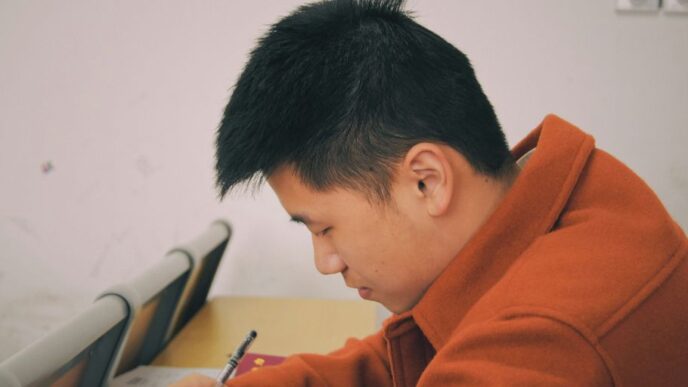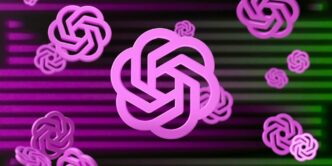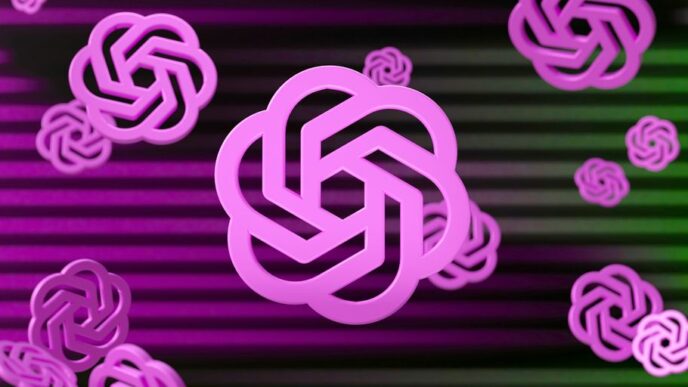Artificial intelligence (AI) has the power to revolutionize our world and drive positive social change. But with that power comes responsibility: we must ensure that AI is aligned with human values and goals. In this comprehensive guide, we’ll explore how AI alignments can be used to create a better society. From healthcare to education, from climate change to poverty reduction, we’ll examine the ways in which AI can help us tackle some of today’s most pressing challenges. So buckle up and join us on this exciting journey into the future of artificial intelligence!
Artificial intelligence (AI) has the potential to drive significant social change. AI alignments refer to the ways in which AI systems can be designed and operated so as to promote desirable social outcomes. This includes ensuring that AI systems are fair, transparent, and accountable; that they respect human rights; and that they contribute to sustainable development.
There is a growing body of evidence that suggests AI can be a force for good in the world. For example, AI systems are being used to help identify individuals at risk of radicalization and violent extremism, and to provide early warning of natural disasters. AI is also being used to help improve access to education, health care, and other essential services.
AI alignments can play a critical role in driving positive social change by helping to ensure that AI systems are designed and operated in ways that promote desirable social outcomes. However, realizing the potential of AI for social good will require concerted effort from all stakeholders – including government, industry, civil society, and the research community.
How AI Alignments Can Make the World Better
AI has the potential to drive positive social change by aligning with Humanity’s values and goals. AI can help us achieve our objectives while protecting our interests, and it can do so in a number of ways.
First, AI can help us make better decisions. By providing accurate and up-to-date information about the world around us, AI can help us identify opportunities and threats, and make decisions that are in line with our values.
Second, AI can help us manage resources more effectively. By providing accurate information about the state of the world’s resources, AI can help us optimize their use to ensure that we meet our needs without damaging the environment or depleting valuable resources.
Third, AI can help us communication more effectively. By understanding our intent and objectives, AI can help us tailor our messages to specific audiences and ensure that they are received and interpreted as intended.
Fourth, AI can help us create new technologies that are more aligned with Humanity’s values. By understanding our objectives, AI can help us design new technologies that are less likely to cause harm and more likely to be used for good.
AI can help us monitor compliance with agreements and regulations. By providing accurate information about the state of compliance with various agreements and regulations, AI can help ensure that these agreements are upheld and that violators are held accountable.
Benefits of Using AI Alignments for Social Good
There are many benefits of using AI alignments for social good. Here are just a few:
AI can help organizations achieve their social missions more effectively and efficiently.
AI can help identify and address social problems that would otherwise be difficult to detect or solve.
AI can help create new opportunities for social good by providing insights that would otherwise be unavailable.
AI can help improve the effectiveness of existing programs and interventions aimed at social good.
AI can help reduce the costs associated with achieving social objectives.
Examples of AI Alignments Driving Positive Social Change
There are many ways that artificial intelligence (AI) can be used to drive positive social change. Here are a few examples:
Helping to preserve and protect our environment: AI can be used to help monitor and protect our environment, for example by identifying illegal logging operations or track changes in air quality.
Aiding in disaster relief and response: AI can be used to analyze data from sensors and drones to quickly assess damage after a natural disaster, locate people who may need assistance, and direct relief efforts.
Improving access to education: AI can be used to create personalized learning experiences that adapt to each student’s individual needs. This could help increase access to education, especially in underserved communities.
Fighting crime: AI can be used by law enforcement agencies to predict where crimes are likely to occur and identify potential suspects. This could help reduce crime rates and keep communities safe.
Challenges of Implementing AI Alignments and Solutions to Overcome Them
One of the primary challenges of implementing AI alignments is ensuring that the technology behaves as intended. This can be difficult to achieve, particularly when dealing with complex systems. Additionally, it is important to consider how AI alignments might interact with other systems – and whether these interactions could create unintended consequences. For example, if an AI system is designed to optimize economic outcomes, it might inadvertently cause environmental damage.
There are a number of possible solutions to these challenges. One is to develop new methods for testing and verifying the behaviour of AI systems. Another is to create ‘safeguards’ or ‘fail-safes’ that can be used to prevent harmful behaviour. Additionally, it may be possible to use AI itself to help design and monitor AI alignments, in order to reduce the risk of errors or misuse.
How to Get Started with AI Alignments for Social Change
There are a number of ways to get started with AI alignments for social change. Here are a few suggestions:
Join or establish an AI alignment community. There are many online communities dedicated to discussing AI alignment, such as the Alignment Forum and the Future of Life Institute’s Global Catastrophic Risk Initiative Community. Joining one of these communities will help you stay up-to-date on the latest thinking in the field and connect with like-minded individuals.
Read about AI alignment research. A good place to start is the Alignment Newsletter, which curates the latest papers and blog posts on AI alignment research. You can also find an overview of key concepts in AI alignment in our primer on the topic.
Support organizations working on AI safety research. There are a number of organizations dedicated to researching and promoting safe artificial intelligence, such as the Future of Humanity Institute, OpenAI, and DeepMind’s Ethics & Society group. You can support their work by donating to them or volunteering your time and skills.
Engage in public discussion about AI safety issues. It’s important that we have a public discourse about the risks posed by artificial intelligence and what can be done to mitigate them. You can participate in this discussion by writing blog posts or articles, giving talks or presentations, or engaging in online conversations about AI safety issues.
Conclusion
We hope this article has provided a comprehensive guide on how AI alignments can drive positive social change. By understanding the need and potential for ethical alignment in AI, organizations can develop strategies to ensure their technology is helping build a fairer society. From improved access to healthcare services to enhanced energy efficiency, artificial intelligence has the power to revolutionize our world – if it is guided by values that prioritize human well-being and environmental justice. With thoughtful and responsible use of this powerful tool, we can create a better future for us all.













